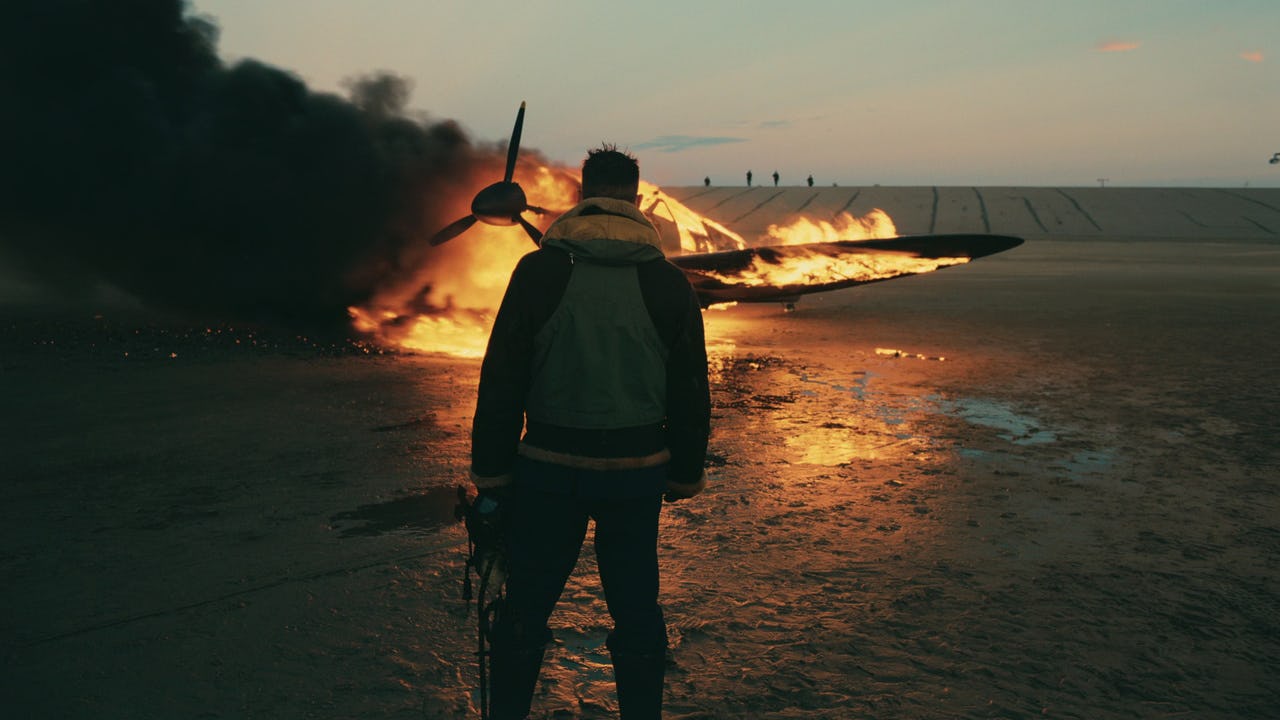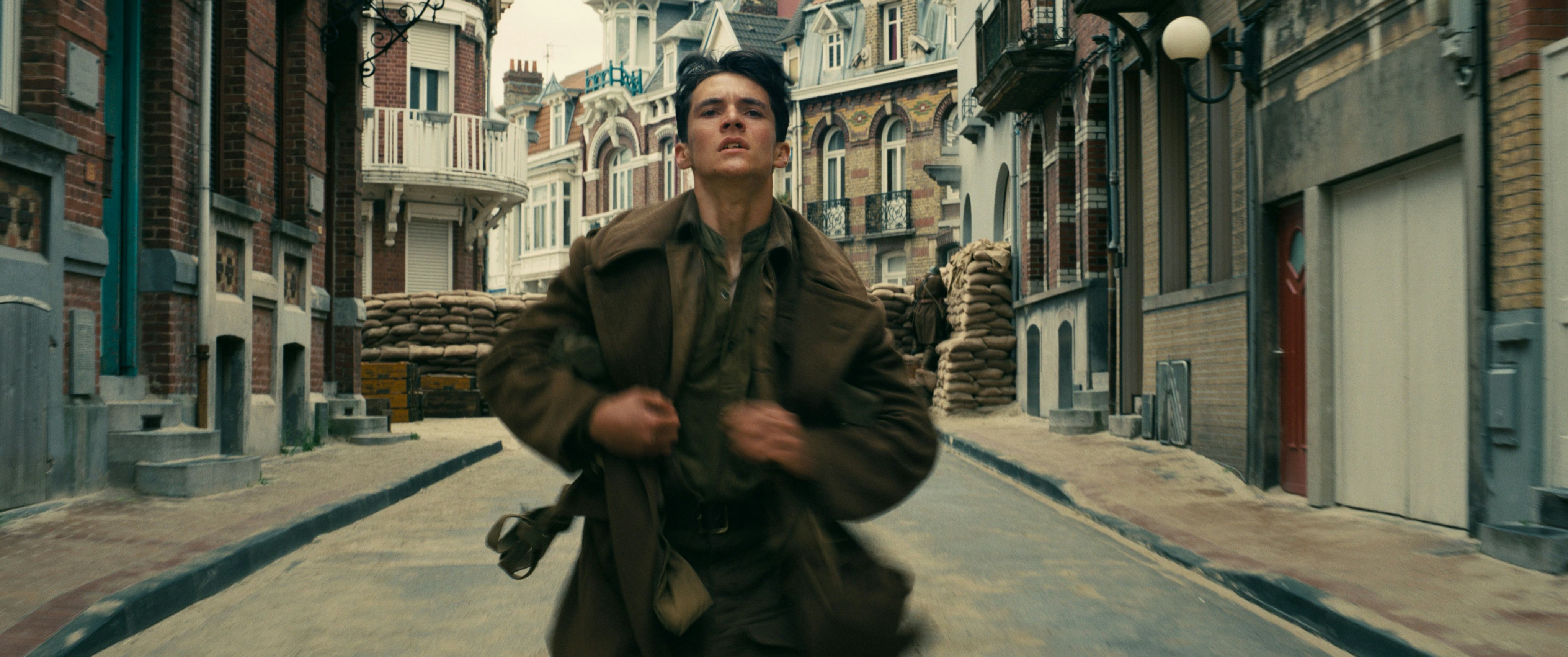
Christopher Nolan is one of the most gifted technicians of his filmmaking generation. While critics have poked holes in his writing and plotting, his talent as a visual craftsman has always been undeniable. For over 20 years, he’s consistently produced more awe-inspiring images than arguably any other working director. From mind-bending sci-fi blockbusters like Inception and Tenet to straightforward thrillers like The Dark Knight, Nolan has crafted some of the most visually impressive blockbusters of the century.
In 2017, the director shifted genres and made one of the best war movies ever: Dunkirk. The film, based on one of World War II’s most famous stories, is a bare-bones thriller that succeeds because of Nolan’s control over his craft. It may even be the best movie he’s ever made, if only because it’s the one where his blockbuster visual style is put to straightforward use. It’s well worth your time before it leaves HBO Max on November 11.
The Dunkirk evacuation saw the rescue of over 300,000 Allied soldiers, but when the film begins the troops are pinned down by Nazi forces in the north of France. It’s a moment when the men at the center of Dunkirk have become so overwhelmed by hopelessness that some have resorted to drowning themselves in the sea to escape Germany’s routine bombing runs.
Dunkirk doesn’t rely on the motivational speeches that usually pop up in movies based on inspiring true stories. The film instead opts to spend most of its runtime sitting with the nihilistic despair that has overtaken many of its characters. In doing so, Dunkirk’s triumphant third act effectively portrays how merely surviving a situation can sometimes be a victory.
From a technical standpoint, Dunkirk succeeds by relying on very little dialogue. The expository monologues that bogged down Interstellar and Tenet are nowhere to be found here. The characters are also sketched as thinly as possible, making Dunkirk the least plot-oriented movie Nolan has ever made.
That means Dunkirk relies almost entirely on the power of Nolan’s visual style and the precision of Lee Smith’s editing. Both men come through. From its practically-executed dogfights to its incredibly staged, on-the-ground action sequences, Dunkirk is essentially one long series of tense, visually legible setpieces, making it both the most well-edited film that Nolan has ever made, and his most visually impressive.

Nolan has always been good at communicating his films’ visual and narrative scope, and that skill is displayed prominently here. Nolan, in collaboration with cinematographer Hoyte van Hoytema, fills Dunkirk with widescreen images that not only reinforce the expansiveness of, for instance, the film’s central beach, but also the number of human beings whose lives are constantly on the line.
The true magic of Dunkirk, however, lies in how Nolan manages to make his viewers feel the same moments of relief and terror that his characters do. The film achieves that from its first scene, which follows a small group of soldiers as they find themselves suddenly caught in a hail of gunfire coming from an unknown direction.
Not since the beach sequence in Saving Private Ryan has one scene so perfectly communicated the chaos of war. The fact that Nolan can do so without having to show a drop of blood is a further testament to how well he realized his visceral, tightly-wound vision.
Dunkirk is available to stream on HBO Max until November 11.







